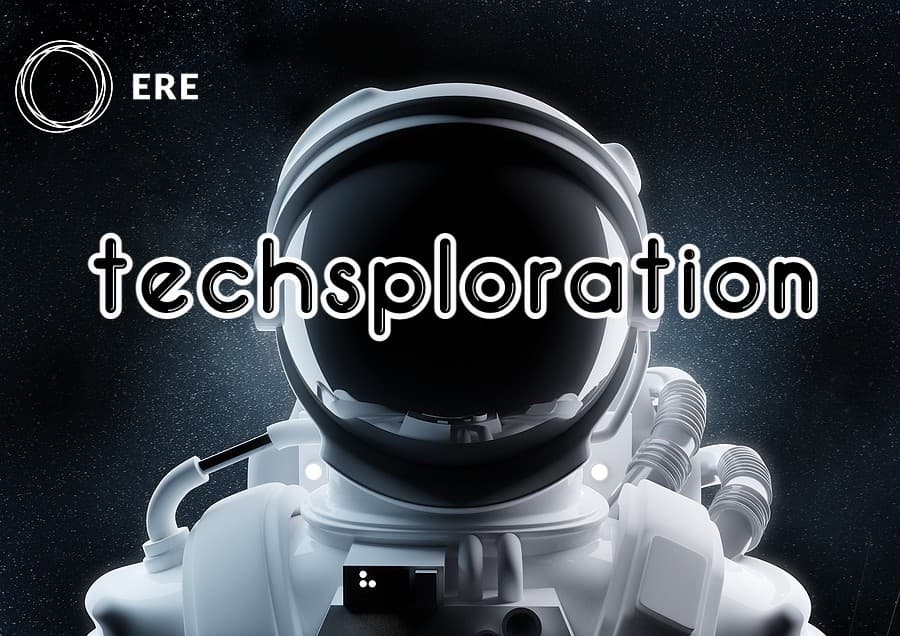“What ATS do you have, and do you like it?”
Whether I’m roaming through the halls of the HR Tech conference (in-person or virtual) or on a call with a VP of recruiting, I always ask talent acquisition professionals what they use as the brain of their recruiting operation.
“Brain” might be stretching it with some applicant tracking systems.
I’m always curious, though. My first recruiting gig had a fax machine and an email address, but I got most of my applicants via in-person resume drop-offs. Some of my peers still preferred to print and sort resumes with sticky notes. Online applications were still reserved for big companies, and even then, we had computer kiosks. The whole idea of having something better to organize and manage is still fairly new in absolute terms.
Yet, the ATS is still largely maligned, defined more by what it can’t do than what it can. Spend a few minutes on the recruitinghell subreddit and you’ll see what I mean. Between awful slices of recruiting malpractice and bad LinkedIn posts, there’s a din of constant complaints about the technology that underwrites the experience of the candidates companies so desperately need.
Will 2021 Be the Year That Changes?
Given that the past year was beyond prediction, in TA especially, you might think it would be unbelievably foolish to predict what will happen this year.
And you’d be correct.
But since the ATS is the de facto operating system for recruiting teams, it’s important to talk about its future. And while there are good days ahead for the ATS, getting it out of the gutter won’t be easy.
Leading ATSs Are Either Generalists or Legacies
At the end of 2020, Ongig did their annual look at the ATS market share based no over a thousand companies in the enterprise and mid-market.
It’s actually hard to get a true apples-to-apples comparison from Ongig on how the market is changing over time. For example, their 2019 list focused solely on the Fortune 500, while the prior year focused on over 4,000 top hirers. That said, showing how the market has shifted over time doesn’t matter as much as knowing who is on top today. Market leaders aren’t as recruiting-centric as I imagine most readers would hope.
For instance, the top recruiting system, Workday, owns over a fifth of the market. Oracle Taleo and SAP SuccessFactors capture another quarter of the market. Throw in Brassring from IBM (via Kenexa), and half the enterprise and large mid-market is using generalist or legacy software.
Now, we can be fair to the big guys when it comes to meeting the needs of TA teams. Oracle has spent a lot to adapt Taleo to modern standards and keep it somewhat targeted for the raft of big and mid-market companies still independently using it even nine years after its acquisition. Additionally, Workday’s TA solution may not be a crowd-pleaser, but its functionality still largely checks the biggest boxes, which is more than you could say a few years ago. Finance and HR chiefs choosing to foist Workday Recruiting on their TA heads may no longer get outright mutiny.
Augment, Shift, or Hold
But we don’t have to be that fair. Most of the people I speak to who use these large platforms long for a better system, or maybe just a different one. For them, the other half of Ongig’s market-share pie may be objectively more appealing. It contains solutions unencumbered by decades-old legacy code and functionality geared toward companies that are recruiting like it’s still 2009.
Augment. However, making more realistic choices for 2021 aren’t easy for TA departments with slashed budgets and staffing. So rather than purchase a new ATS, many organizations can simply augment right now with third-party solutions. Whether it’s on the pre-hire side (sourcing, recruitment marketing, candidate management) or on evaluation (interviews, assessments, screening), there are numerous solutions that integrate well, especially with legacy leaders like Taleo.
Can you handle another couple years if you bolt on a few solutions that make life a little easier for candidates, recruiters, or hiring managers? Well, you probably can, but it won’t make very many people happy — except the folks who manage the books or change management.
Shift. There are still companies going through system changes, though. For employers hit with lower hiring volume, there’s probably not a better time to rethink everything about your hiring process and technology. With iCIMS, Greenhouse, SmartRecruiters, and Jobvite all telling their own enterprise stories, the bar is raised for large organizations tired of being tied to the HCM or financial system of record for such a niche business function.
Hold. Reality is behind door No. 3. Unfortunately, the holding pattern is the most likely outcome for organizations in 2021. Recruiting heads will figure out a way to squeeze another year out of whatever combination of technology they have today. Like builders in the stone age, they’ll throw enough people at it to make it work for them and put off sales reps from recruiting-tech up-and-comers.
If 2021 looks ho-hum for your recruiting tech stack, stay here on ERE for information and insights to help you dream of a better 2022. It’s only 11 months and change away.
But who knows? Maybe this will be a surprise year in a good way? I won’t predict that, but a guy can wish.
